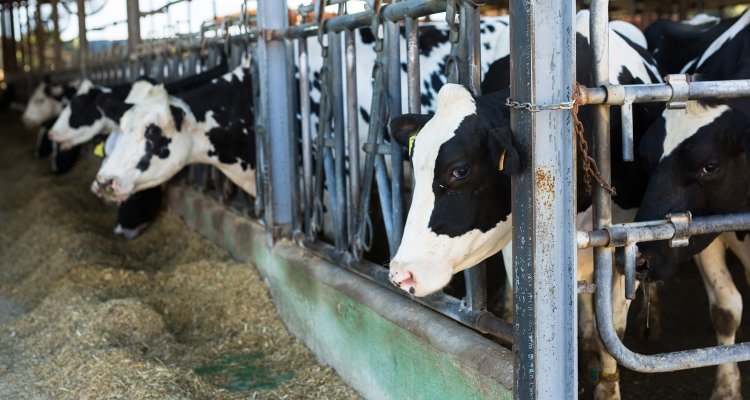
News
Bird flu virus found in cows and human in United States
Highly pathogenic bird flu virus was found in cows a number of US states in March. The virus was later also detected in a human. Infected wild birds are most likely the source of this infection.
The highly pathogenic virus found in the United States is an H5N1 virus. Genetic analysis shows that the US virus is not very similar to the one found in Europe so far. “It concerns a different so-called clade, a kind of subtype,” explains Wim van der Poel, zoonosis expert at Wageningen Bioveterinary Research. In the United States, clade 2.3.4.4b, genotype B.3.6 has been found in several cows.
Cows
The cows showed signs of illness such as milk yield decrease, decreased appetite and fever. The results of the milk samples showed relatively high virus concentrations. “Analysis of the hereditary material of the virus yielded no evidence in the sequence data for an adaptation of the virus to mammals,” Van der Poel knows after contacting his US colleagues.
Human
The Texas Department of State Health Services (SHS) and the CDC reported in early April that highly pathogenic avian influenza virus had been detected in a person in Texas with ocular surface infection. According to the report, this person probably contracted the infection through contact with infected cows.
Virus inactivation
In the United States, people are again being reminded that milk should be heated sufficiently before consumption (pasteurisation). The virus (and also bacteria) are then inactivated. Workers at affected cattle farms are being examined and treated with antivirals. Everyone is advised to avoid contact with cattle in the affected regions.
Europe
In Europe, the risk of a similar outbreak is probably very low, Van der Poel said. “In our country, there has been no bird flu in poultry since November 2023 and there is no indication of bird flu in ruminants.” The new development in the United States does prompt more research into influenza in cattle. “If infection with the influenza variants that occur in Europe could also lead to illness in cattle, there may be reason for more safety measures and additional warnings to consumers,” Van der Poel said.